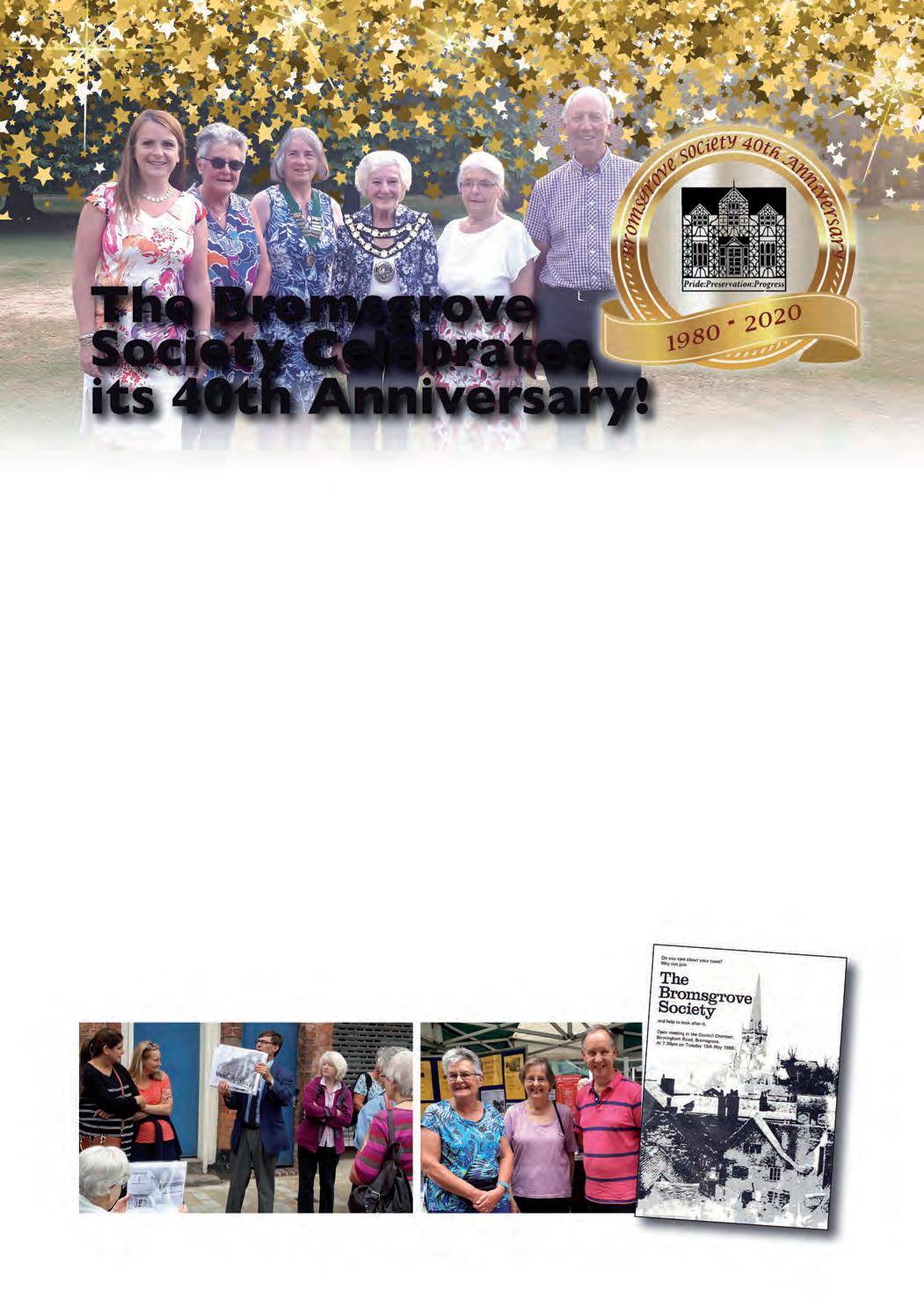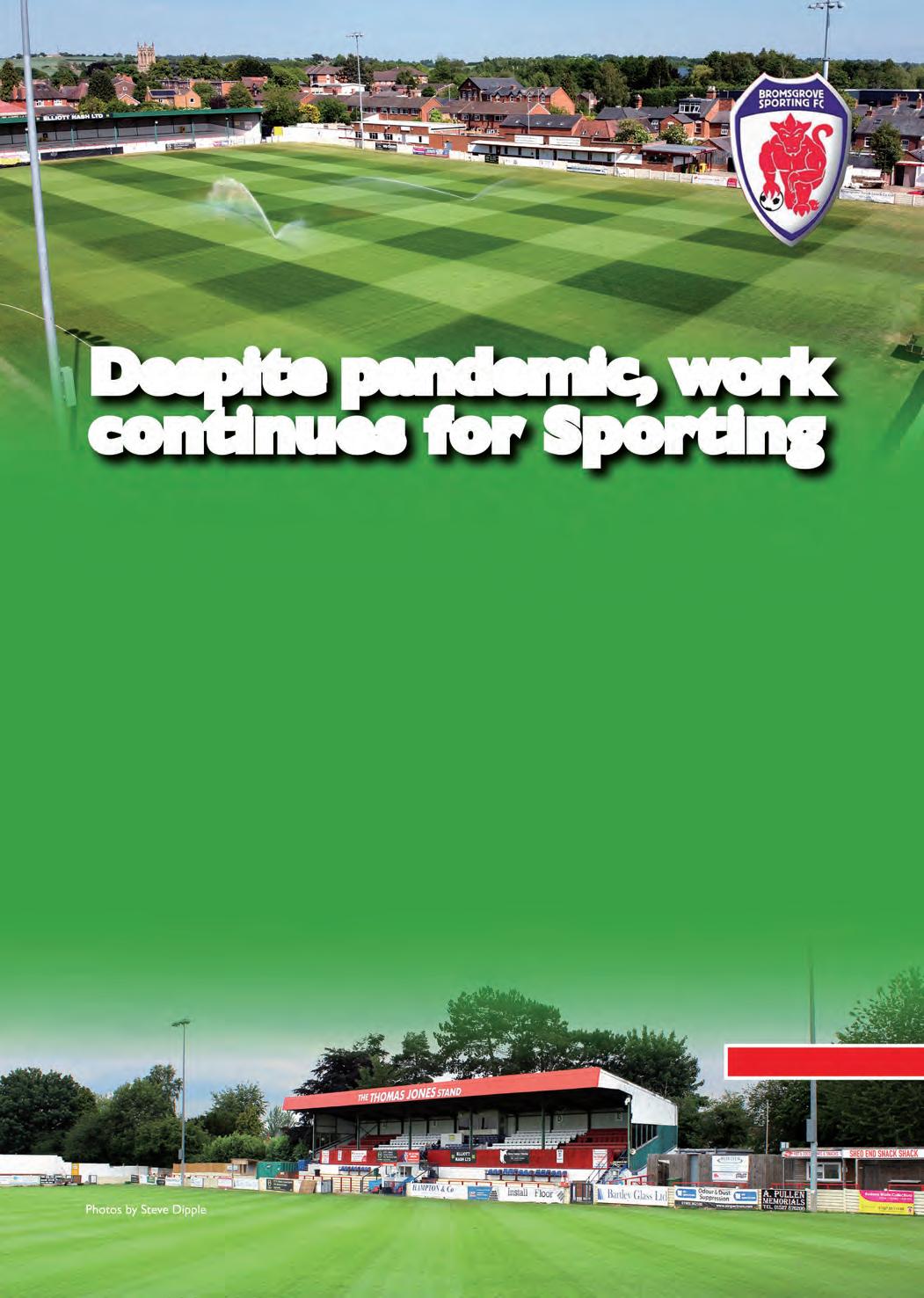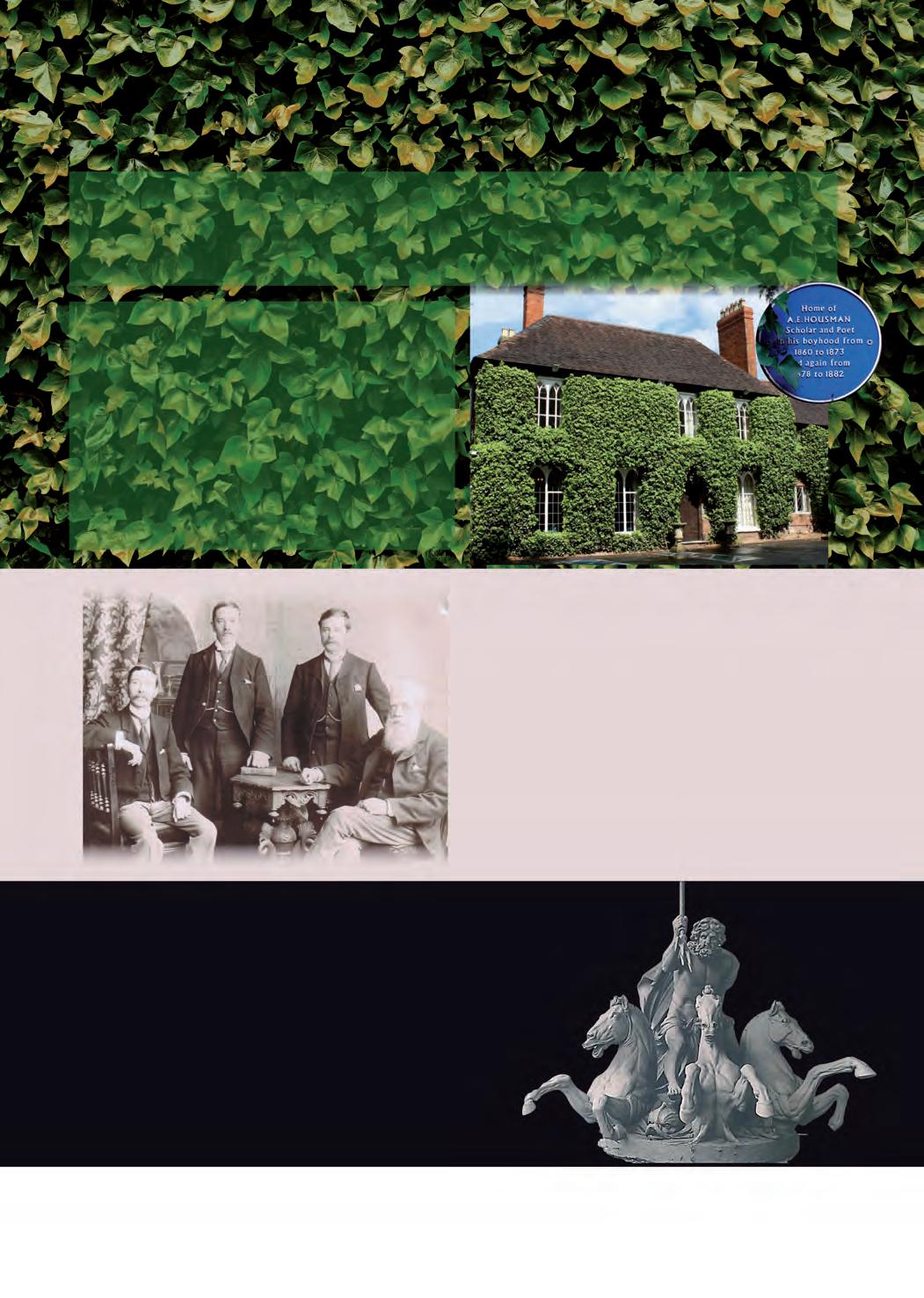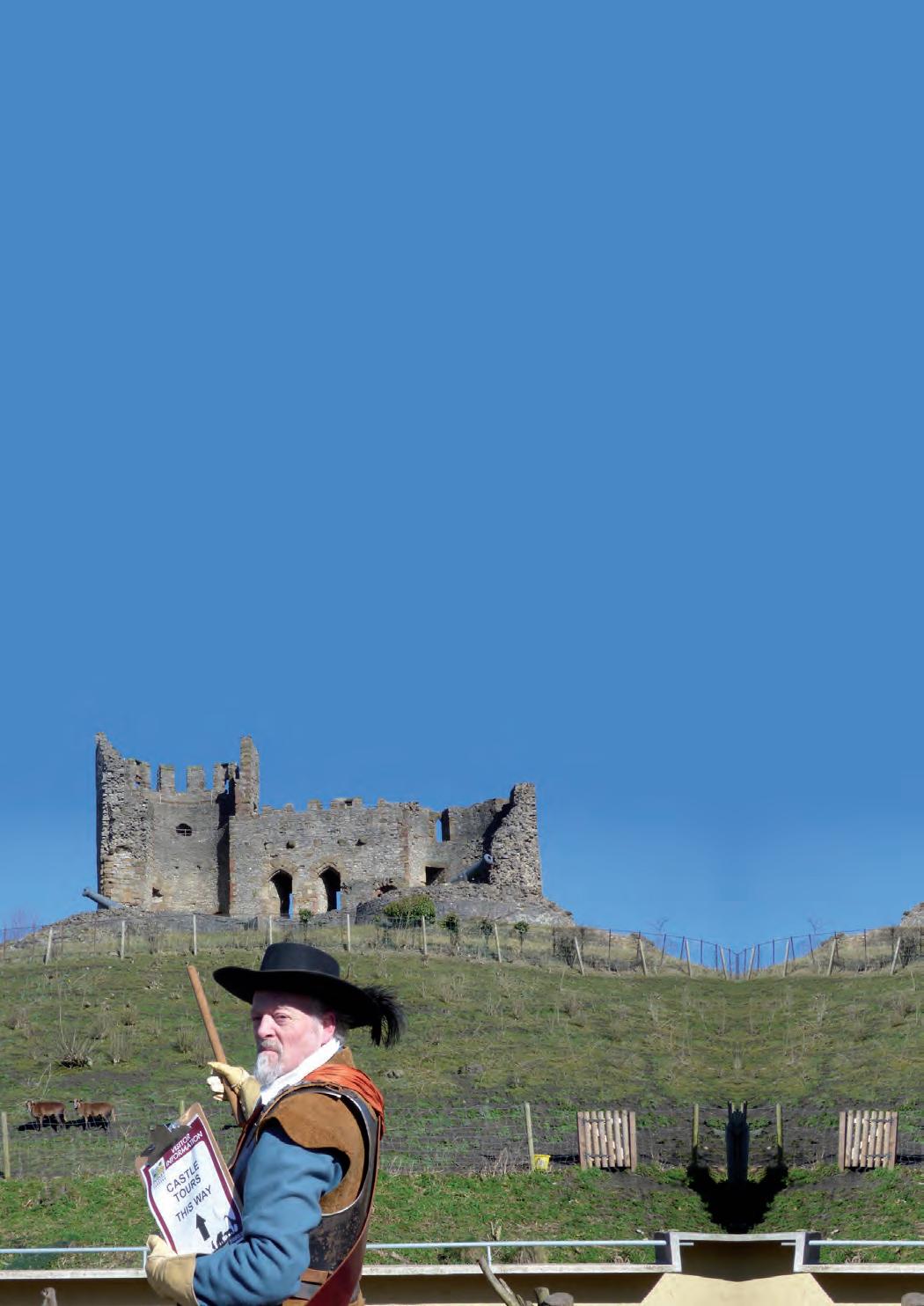
2 minute read
Worcs Wildlife Trust
Local wildlife needs your help
When was the last time you spotted a loveliness of ladybirds or a flutter of butterflies? As part of our Doorstep Wildlife campaign that I wrote about in the last issue, we’re asking for your help.
Advertisement

It’s important to know where our wildlife is and in what numbers – without this information we’ve only got anecdotes and memories to tell us whether wildlife is doing well or not so well. In 2019’s State of Nature report, for example, records showed that the UK is one of the world’s most nature-depleted countries and that one in seven of our species is at risk of extinction. Locally, we can use the information to see what species of wildlife needs a helping hand, what are bucking the trends and even whether wildlife is arriving from further south as our climate changes. These local wildlife sightings are held by Worcestershire Biological Records Centre (WBRC).
This is where you can join a growing army of citizen scientists; we know that many of you in Bromsgrove are wildlife-lovers who are keen to make a difference. Helping wildlife comes in many forms, from creating a hedgehog highway in your garden to planting nectar-rich plants for pollinators, but submitting a record of wildlife that you spot also really helps us to know how wildlife and our environment is doing and, perhaps, changing.
We need your help to help us find out more about six easily-identified species of insects. The six species have been chosen because they should be fairly widespread across Worcestershire but we’d love to know whether this really is the case. Small tortoiseshells, for example, were once our most common butterfly but they’ve suffered a massive 75% decline in the last 40-50 years so just how common are they these days? Changes in our climate means that hummingbird hawk-moths may arrive in the UK in bigger numbers and possibly even survive our winters. The colouring of marmalade hoverflies can tell us whether the larvae grew up when it was cold or warm and this can help us to understand whether they were born in the UK or abroad.
If you’ve spied a seven spot ladybird or been captivated by a common carder bee, head to our website and let us know www.worcswildlifetrust.co.uk/wildlifesightings. We’ve got a simple form to complete but we will need a photo in order to verify your record – even a blurry one will do.
If you’d like to help insects where you live then take a look at www.worcswildlifetrust.co.uk/actioninsects for ideas and suggestions.
Keep up to date with us:
www.worcswildlifetrust.co.uk
Find us on Facebook www.facebook.com/worcestershirewildlifetrust Follow us on Twitter @WorcsWT Watch us on YouTube www.youtube.com/c/WorcswildlifetrustUK1
Photos:
Opposite page: Clockwise: 7 spot ladybird - Rachel Scopes, Marmalade hoverfly, - Bob Gillmor, Large red damselfly - Pete Cheshire, Small tortoiseshell - Pete Smith, Common carder bee - Nick Upton/2020VISION This page: Hummingbird hawk-moth - Wendy Carter










